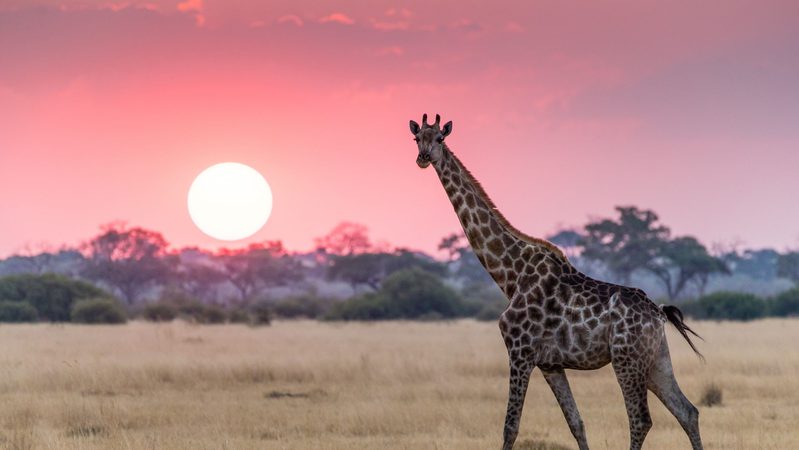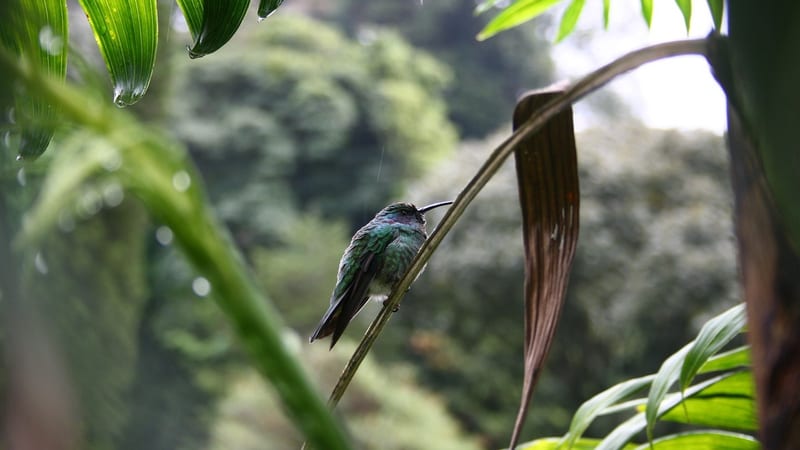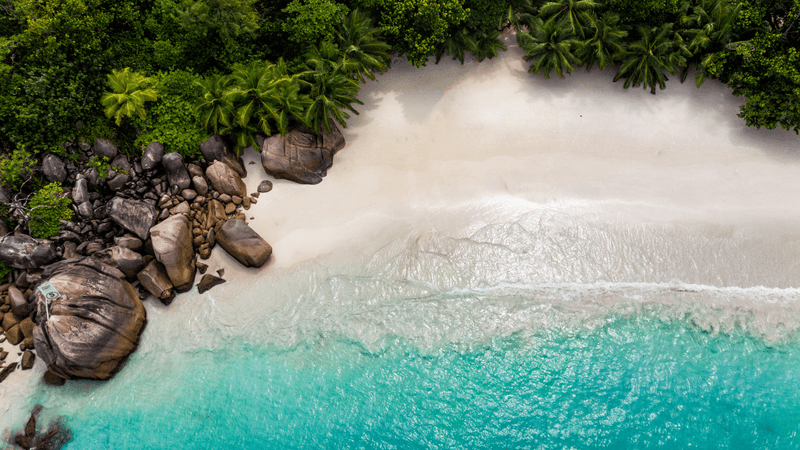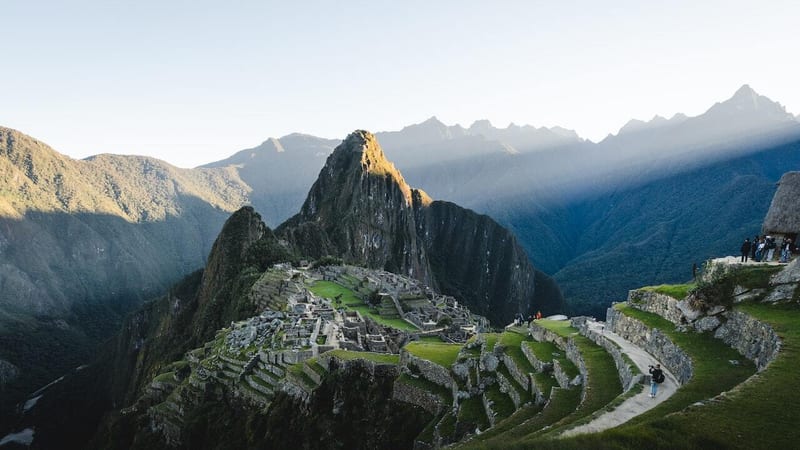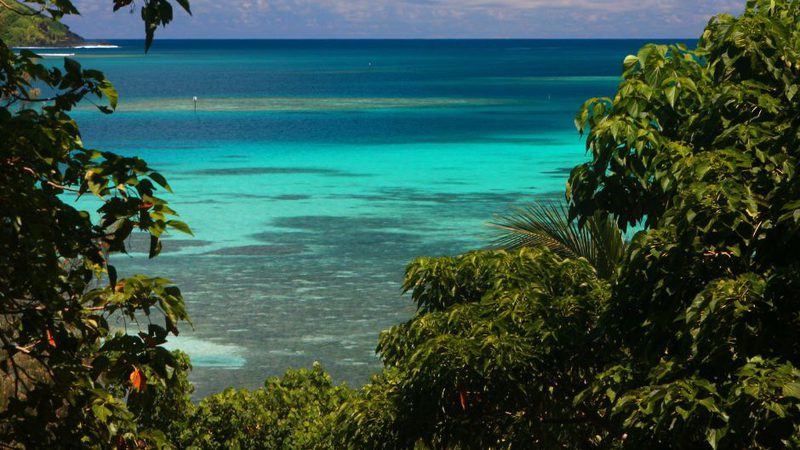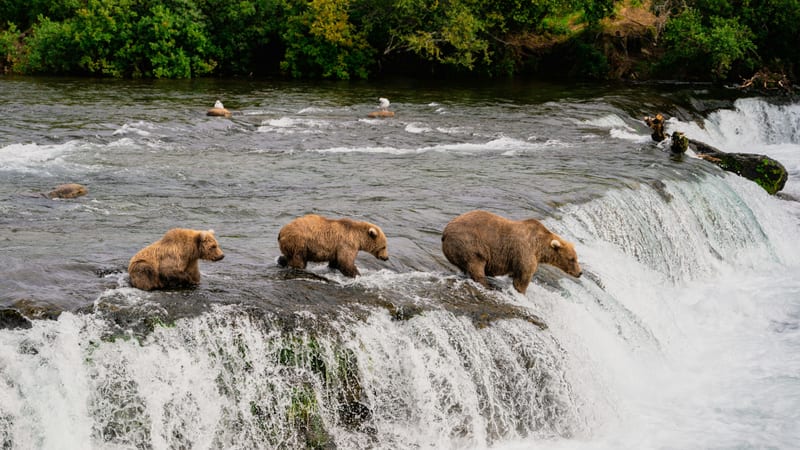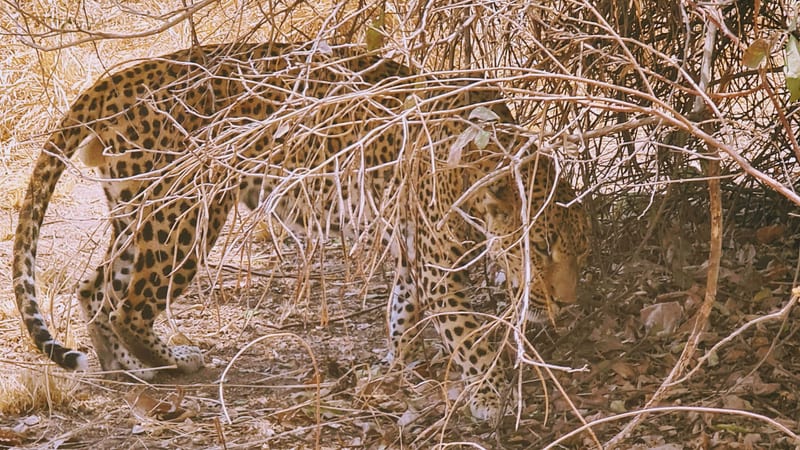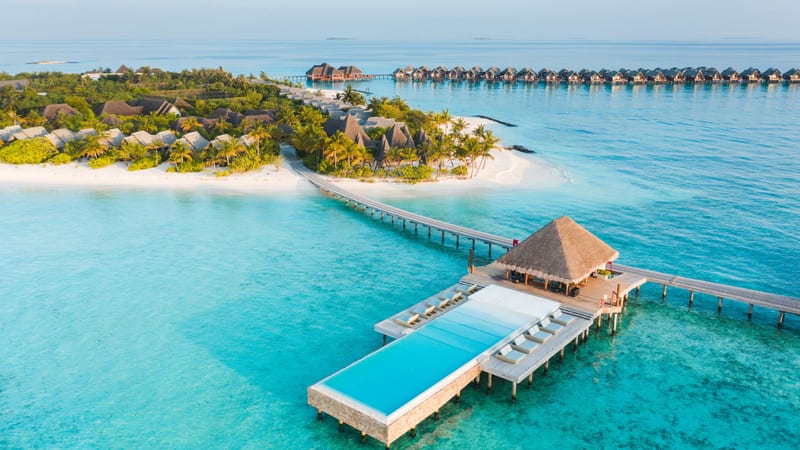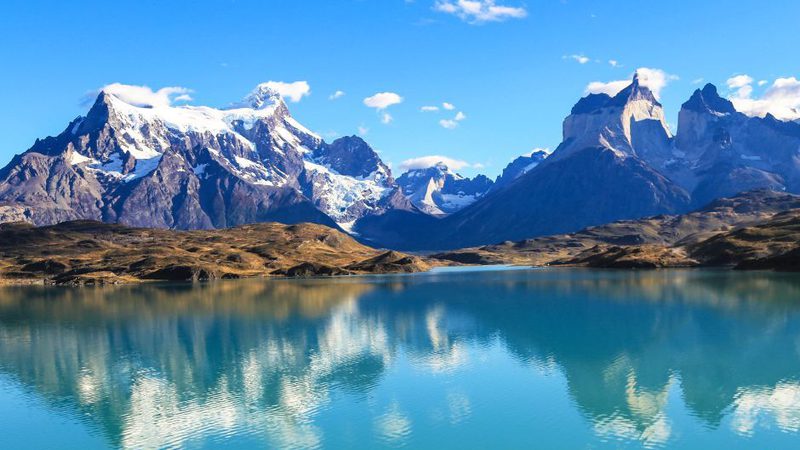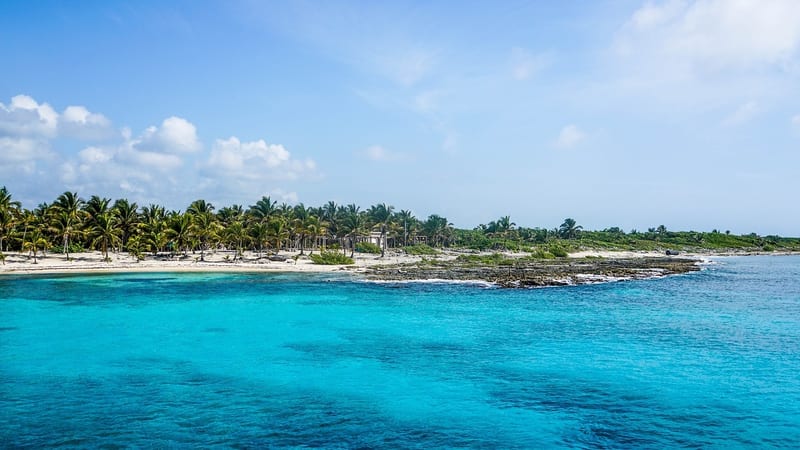Big Give safaris in Rwanda's wildest, most exclusive safari setting.
Location: Magashi Camp sits in the remote northeastern corner of Akagera National Park, overlooking the glassy waters of Lake Rwanyakazinga. This area is one of Rwanda's best-kept secretes - a richly biodiverse landscape of savannah, wetland, and open woodland that's home to all of the Big Five. The camp's position is both scenic and strategic, with exclusive access to a private wilderness area teeming with wildlife. Sunrises here are golden and uninterrupted, with sweeping views across the lake, while evenings are accompanies by the distance call of lions or the splash or hippos nearby. It's a quiter, less-visited side of Rwanda that pairs beautifully with time in Volcanoes or Nyungwe for a complete safari circuit.
Rooms: Magashi has just eight tented suites, spread out along the lake's edge to maximise privacy and views. Each one is spacious, beautifully styled, and thoughtfully designed to blend natural materials with modern comforts. You will find large canvas panels that can be unzipped for a full open-air feel, king-size beds draped in mosquito nets, and en-suite bathrooms with hot running water and flush loos. Interiors feel light and warm, with pale woods, soft textiles, and subtle Rwandan details throughout. Outside, your private deck is the perfect place to relax with a book, watch elephants wade in the shallows, or simply enjoy the stillness of the lake.
Amenities: Despite its remote setting, Magashi doesn't skimp on creature comforts. The main area includes a cosy lounge, a well-stocked bar, and a relaxed dining area where fresh, home-style meals are served communally or privately, depending on your preference. There is a small library nook, a fire pit for swapping stories in the evening, and an inviting swimming pool overlooking the water - ideal for a midday dip between game drives. Wi-Fi is limited (as you'd expect), but there is reliable solar power throughout and a real sense that everything you need has been quietly thought through. It's a camp that feels both relaxed and refined.
Activities: Game drives here are exceptional. With access to a private concession and fewer vehicles overall, sightings are intimate and unhurried. The area is known for its healthy populations of lion, leopard, buffalo, and elephant, as well as plains game and some of the best birding in the country. Night drives offer a chance to see Akagera's more elusive nocturnal residents, while guided boat safaris on Lake Rwanyakazinga bring you eye-to-eye with hippos, crocodiles, and a rich variety of birdlife. It is also one of the best places in Rwanda to see rare shoebills. Bush walks can sometimes be arranged, depending on conditions and guide availability.
Sustainability: Magashi is run by Wilderness and was built in partnership with African Parks, who manage Akagera. The camp plays a key role in the park's long-term conservation strategy, directly supporting anti-poaching efforts, habit restoration, and wildlife reintroductions - including the successful return of lions and rhinos to the area. It's entirely solar-powered, built with a light footprint, and employs mostly local staff, many of whom have grown into skilled roles through on-site training and mentorship, Staying here helps fund vital conservation work and community development, making your visit not just low-impact but actively positive.
Best places to stay in Akagera National Park
Rwanda Trip Inspiration
Speak to a Rwanda expert today
and start planning your tailor-made holiday

Alistair

Ben


